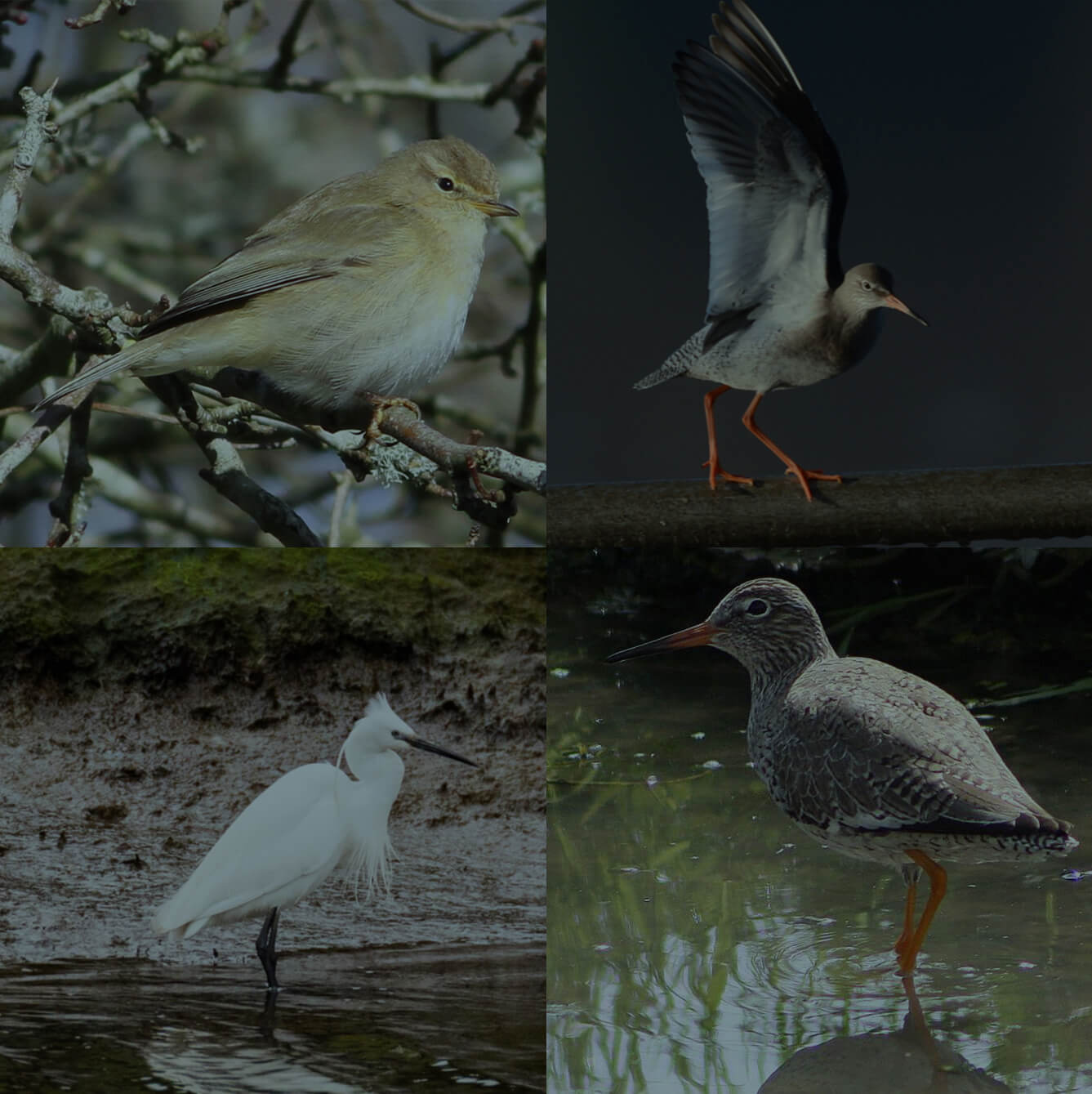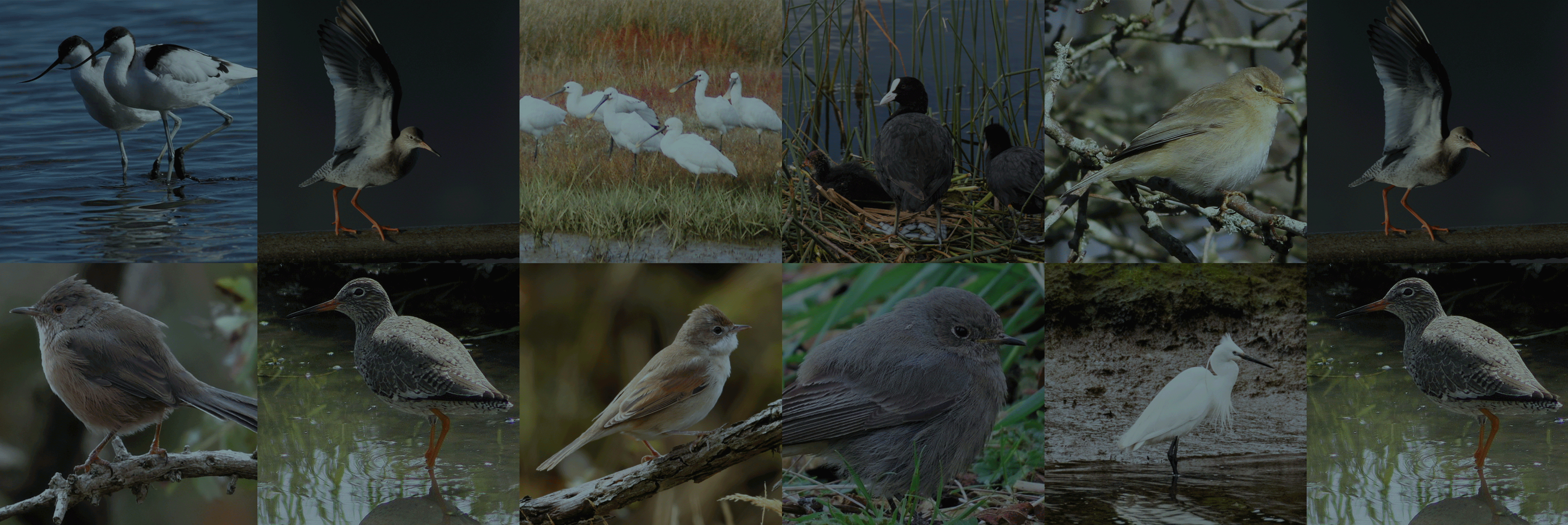During the winter, Studland Bay plays host to the largest overwintering Black-necked Grebe flock in the country with between 30-40 present each year. The eelgrass beds off Middle Beach, which in late autumn attract the first returning Brent Geese, also play home to both Spiny and Short-snouted Seahorses as well as pipefish, the latter being the favoured food of Black-necked Grebe.
The now much scarcer Slavonian Grebe is also present but in ever decreasing numbers each winter with Common Scoter, Great Northern Diver, Red-breasted Merganser and even Red-necked Grebe all possible. During the winter big gatherings of Mediterranean Gull form and in spring breeding-plumaged adults gather on the beach for several weeks before moving off to their nesting grounds. From the National Trust Middle Beach car park it is possible to scan across Studland Bay although a telescope is required to identify the more distant birds.
During the autumn visible-migration of finches, thrushes and pipits can be experienced and in spring and summer Sandwich Tern and Common Tern arrive back to feed. When a south-easterly wind blows strong it’s possible for Gannet, Fulmar, Kittiwake, Manx Shearwater and any of the 4 skua species to get blown into Studland Bay.
Birding Info
Middle Beach offers a unique opportunity where by you can stand and scan a very productive area during the winter, which is only several meters from where you can park. The high viewpoints that look out across Studland Bay allow you to scan both north and south and with the prominent wind direction being south-westerly the large shallow bay is often flat calm allowing easy findings of species such as Black-necked Grebe, Great Northern Diver and Common Scoter. Velvet Scoter, Eider, Red-throated Diver, Slavonian and Red-necked Grebe are all possible in winter too. In winter a late afternoon visit is good as grebe roosts form before dusk out off Middle Beach. In spring and autumn during periods of strong east/south easterly winds species such as Great or Arctic Skua, Gannet and Manx Shearwater can get blown into Studland Bay.
Facilities
There are café’s and public toilets at both Middle Beach and also Knoll Beach, which is only a 10 minuet walk from the Middle Beach car park. For birding there are several fantastic viewpoints based on the edge of the actual Middle Beach car park that look out across the whole of Studland Bay. A telescope is beneficial.
Parking
Parking for Middle Beach is best at the National Trust Middle Beach pay and display car park, BH19 3AX. National Trust members park for free.


